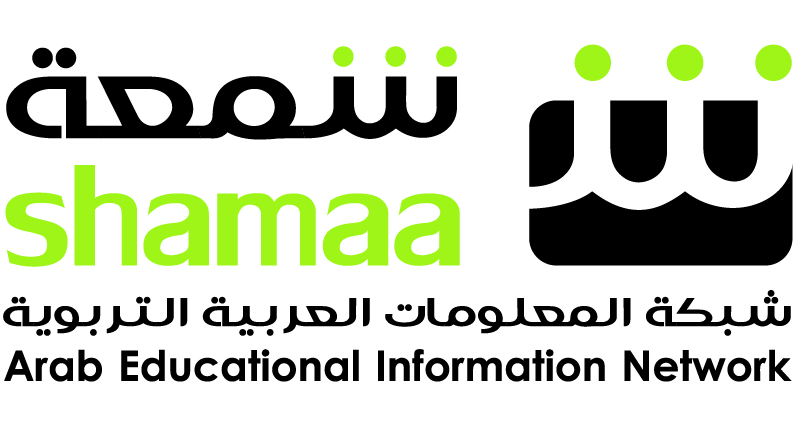العنوان
استراتيجيات الدمج في البحوث المختلطة: دراسة نظرية
Abstract
Mixed methods approach integrates qualitative with quantitative approaches can overcome the imperfections of one of them and it can give a wide range of opportunities to investigate the research problem rather than using one method. Mixed methods can be a third methodology approach that rejects forced choices between positivism/post-positivism and constructivism with regard to methods, logic, and epistemology. It has become a methodology enabling research by collecting and analysing both qualitative and quantitative in same study. One of the most justification for using mixed methods in social research is that the mixed methods give a researcher the opportunity to breadth and depth the analysis or investigation. Methods can produce credibility findings because these findings are achieved from different sources; thus, it can raise its acceptance among the audience. To achieve its goal, it needs a transparency process on linking qualitative and quantitative components, namely integration. This concept represents a core element in complementary between qualitative and quantitative components in mixed methods. is a unique attribute in mixed methods studies. It provides justification for inference findings, their relationship, and the explanation logically. Despite the importance of the role of integration in mixed methods, researchers' perspectives in social science towards integration strategies vary and sometimes integration is absent in their studies. Thus, this paper highlights the importance of planning for the integration stage in mixed methods research and clarifies how researchers achieve it. Three main levels discussed in this paper: integration in research design level, integration in data collection and analysis, and integration in interpretation and reporting. This article aimed to provide practical guidance for integrating elements in mixed methods research to enhance the quality of mixed methods studies in the field of social and educational sciences.
الملخص
برزت البحوث المختلطة Mixed Methods كمنهجية بحثية يقوم فيها الباحثون بجمع وتحليل وتفسير البيانات الكمية والنوعية في دراسة واحدة مستفيدين من جوانب القوة في كليهما. ومن أجل تحقيق هدفها، وتعزيز نتائجها، فإنها استحدثت علمية التكامل والاتحاد بين مكونات الجانبين الكمي والنوعي. وأعتبرت هذا التكامل بينهما في الدراسة المختلطة ركيزة جوهرية لا تتحقق غاية هذه البحوث بسواه. وعملية التكامل علمية يتم من خلالها تبرير العلاقات وشرح أسس الروابط بين مكونات الدراسة بطريقة منطقية مقنعة في تحقيق الغاية من دراسة الظاهرة. ورغم هذه الأهمية والدور الرئيس لها إلا إن رؤية الباحثين لعملية التكامل والدمج في العلوم الإنسانية والإجتماعية تختلف، وتتنوع طرقهم في تحقيقه، وأحيانا تكاد تنعدم. ولذلك تأتي هذه المقالة في محاولة لتسليط الضوء على أهمية مرحلة الدمج والتكامل، وكيفية تحقيقها عبر مراحل الدراسة المختلفة بمنهجية علمية متأصلة في منهج الدراسة. وتسهم هذه المقالة أيضاً في توضيح مفهوم التكامل في البحوث المختلطة، وإجراءات تطبيقه من خلال التركيز على ثلاثة مستويات لتحقيقه بصورة عملية في الدراسة المختلطة: مستوى التكامل في التصميم البحثي، وعلى مستوى جمع وتحليل البيانات، والتكامل على مستوى التفسير وكتابة التقرير البحثي. وفي كل مستوى من هذه المستويات الثلاثة مجموعة من الاستراتيجيات المستخدمة في تحقيقه. وبهذا فإن هذه الورقة تساعد الباحثين في إيضاح الممارسة المنهجية الإجرائية لعملية الدمج في هذه البحوث بصفة خاصة.
Recommended Citation
AlZahrani, Mohammed Abdullah Alahmadi
(2024)
"Integration Strategies in Mixed Methods: A theortical stuy,"
University of Bisha Journal for Educational Sciences: Vol. 7:
Iss.
2, Article 6.
Available at:
https://ubjes.ub.edu.sa/home/vol7/iss2/6


